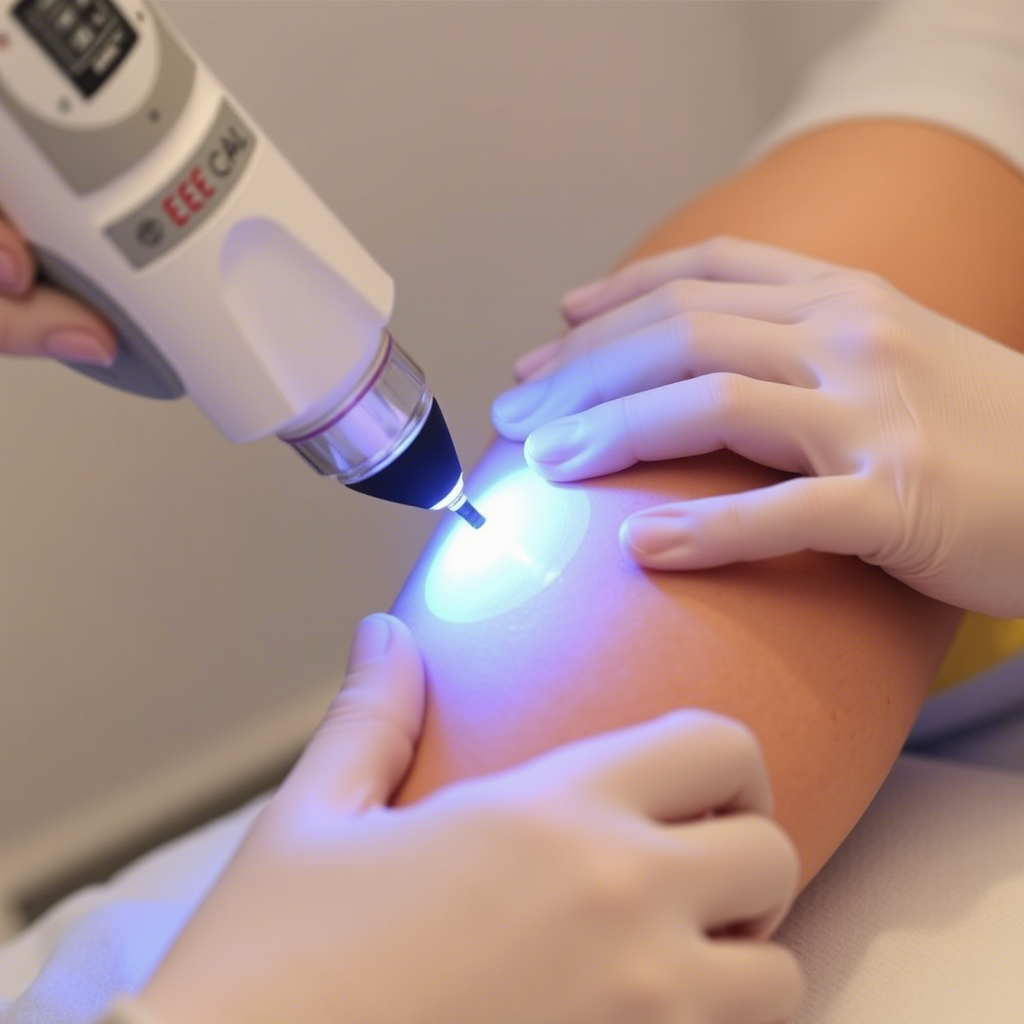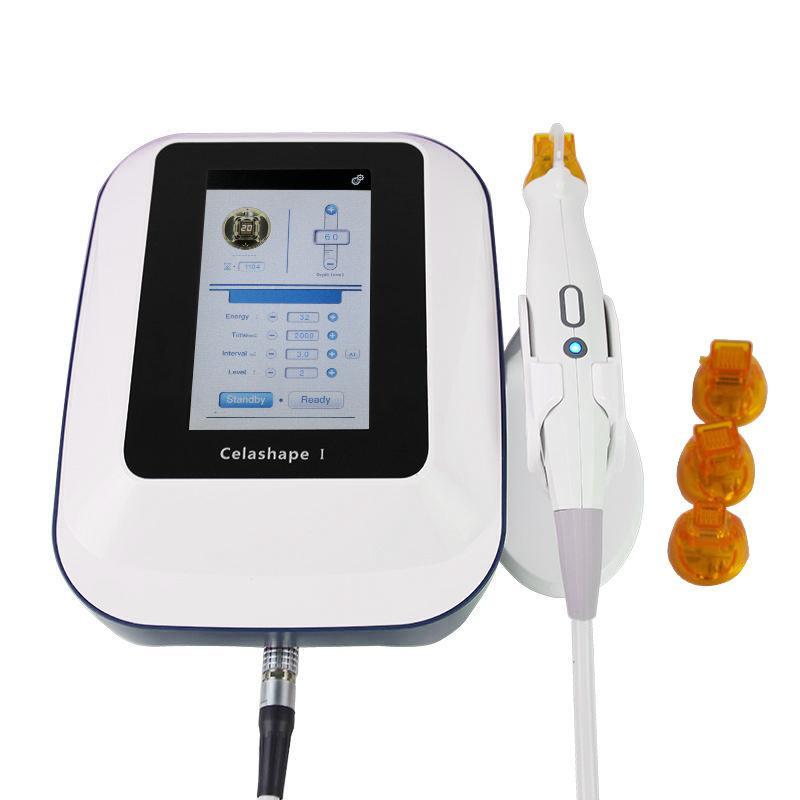La eliminación de tatuajes es un proceso complejo que requiere una consideración cuidadosa y planificación. Al entender la tecnología, los beneficios y los riesgos involucrados, las personas pueden tomar decisiones informadas sobre su tratamiento. Con la guía adecuada y los cuidados posteriores, la eliminación de tatuajes puede ser una forma segura y efectiva de eliminar tatuajes no deseados y mejorar la apariencia de la piel. Siguiendo los consejos y pautas descritos en este artículo, las personas pueden lograr resultados óptimos y disfrutar de una vida más confiada y despreocupada.
Tratamiento de Cicatrices: Comprensión y Manejo de Cicatrices
Las cicatrices son una parte natural del proceso de curación después de una lesión en la piel. Pueden resultar de varios factores, incluyendo accidentes, cirugías y condiciones de la piel como el acné. Aunque algunas cicatrices pueden desvanecerse con el tiempo, otras pueden ser persistentes y afectar la autoestima y la calidad de vida de una persona. El tratamiento efectivo de cicatrices es crucial para minimizar su apariencia y mejorar la textura de la piel. Este artículo explora los diferentes tipos de cicatrices, varias opciones de tratamiento disponibles y consejos prácticos para manejar las cicatrices.
Tipos de Cicatrices y sus Características
Las cicatrices pueden variar significativamente en su apariencia, textura y la incomodidad que causan. Entender el tipo de cicatriz es esencial para elegir el tratamiento más adecuado.
Cicatrices Hipertróficas
Las cicatrices hipertróficas son elevadas y rojas, a menudo resultantes de quemaduras, cirugías o trauma significativo. Permanecen dentro de los límites de la herida original y pueden ser pruriginosas o dolorosas.
- Son más comunes en individuos más jóvenes y aquellos con antecedentes familiares de cicatrices queloides o hipertróficas.
- Las cicatrices hipertróficas pueden ser tratadas con láminas de gel de silicona, que ayudan a aplanar y suavizar el tejido cicatricial. ![]()
- Las prendas de presión son otra opción de tratamiento, aplicando presión constante a la cicatriz para aplanarla.
Cicatrices Atróficas
Las cicatrices atróficas son cicatrices deprimidas a menudo causadas por acné, varicela u otras condiciones que llevan a una pérdida de tejido cutáneo.
- Pueden ser tratadas con microagujas, un procedimiento mínimamente invasivo que estimula la producción de colágeno para rellenar el área deprimida. 
- Los peelings químicos y los rellenos dérmicos también se utilizan para mejorar la apariencia de las cicatrices atróficas.
Cicatrices Queloides
Las cicatrices queloides son similares a las cicatrices hipertróficas pero se extienden más allá de los límites de la herida original. Pueden ser pruriginosas, dolorosas y son más comunes en ciertos grupos étnicos.
- El tratamiento para las cicatrices queloides a menudo implica una combinación de terapias, incluyendo inyecciones de esteroides para reducir la inflamación y el tamaño.
- Para obtener más información sobre los tratamientos para cicatrices queloides, puede visitar https://www.mbs-med.com/, un recurso que proporciona información detallada sobre varias técnicas de manejo de cicatrices.
Opciones de Tratamiento para Cicatrices
La elección del tratamiento depende del tipo, tamaño y ubicación de la cicatriz, así como del tipo de piel y las preferencias del individuo.
Terapia Láser
La terapia láser es un tratamiento popular para varios tipos de cicatrices, utilizando luz de alta energía para reducir su apariencia.
- Los láseres ablativos eliminan las capas superiores de la piel, promoviendo el crecimiento de nuevo colágeno y mejorando la textura de la piel.
- Los láseres no ablativos estimulan la producción de colágeno sin dañar la superficie de la piel, adecuados para cicatrices más ligeras. 
Revisión Quirúrgica
En algunos casos, la revisión quirúrgica puede ser necesaria para mejorar la apariencia de una cicatriz, especialmente si es grande o está en una ubicación visible.
- Esto implica eliminar quirúrgicamente la cicatriz y volver a cerrar la herida con técnicas precisas para minimizar la apariencia de la nueva cicatriz.
- Para obtener información detallada sobre la revisión quirúrgica de cicatrices y otros tratamientos, consultar un recurso profesional como https://www.mbs-med.com/ puede ser beneficioso.
Tratamientos Tópicos
Los tratamientos tópicos son a menudo la primera línea de defensa contra las cicatrices, incluyendo cremas, geles y láminas de silicona.
- Estos tratamientos pueden ayudar a reducir el tamaño, el enrojecimiento y la textura de la cicatriz, haciéndola menos notoria.
Prevención de Cicatrices
Aunque no todas las cicatrices pueden ser prevenidas, hay medidas que se pueden tomar para minimizar su ocurrencia e impacto.
- El cuidado adecuado de la herida es crucial, lo que implica mantener la herida limpia, aplicar ungüentos tópicos y protegerla del sol.
- Usar protector solar en heridas en curación y cicatrices puede prevenir que se vuelvan más oscuras y notorias.
Manejo de la Incomodidad Relacionada con las Cicatrices
Algunas cicatrices pueden causar incomodidad, incluyendo picazón y dolor. Manejar estos síntomas es una parte esencial del cuidado de las cicatrices.
- Las cremas y ungüentos tópicos pueden proporcionar alivio de la picazón y el dolor.
- En algunos casos, las inyecciones de esteroides pueden ser utilizadas para reducir la inflamación y aliviar la incomodidad.
Conclusión
El tratamiento de cicatrices implica una variedad de opciones adaptadas al tipo y características de la cicatriz. Entender los diferentes tipos de cicatrices y tratamientos disponibles es clave para un manejo efectivo. Al elegir el tratamiento adecuado, las personas pueden mejorar significativamente la apariencia y comodidad de su piel. Ya sea a través de terapia láser, revisión quirúrgica o tratamientos tópicos, hay numerosas formas de abordar las cicatrices y mejorar la salud de la piel. Para obtener asesoramiento y tratamiento personalizado, se recomienda consultar a un profesional de la salud.

